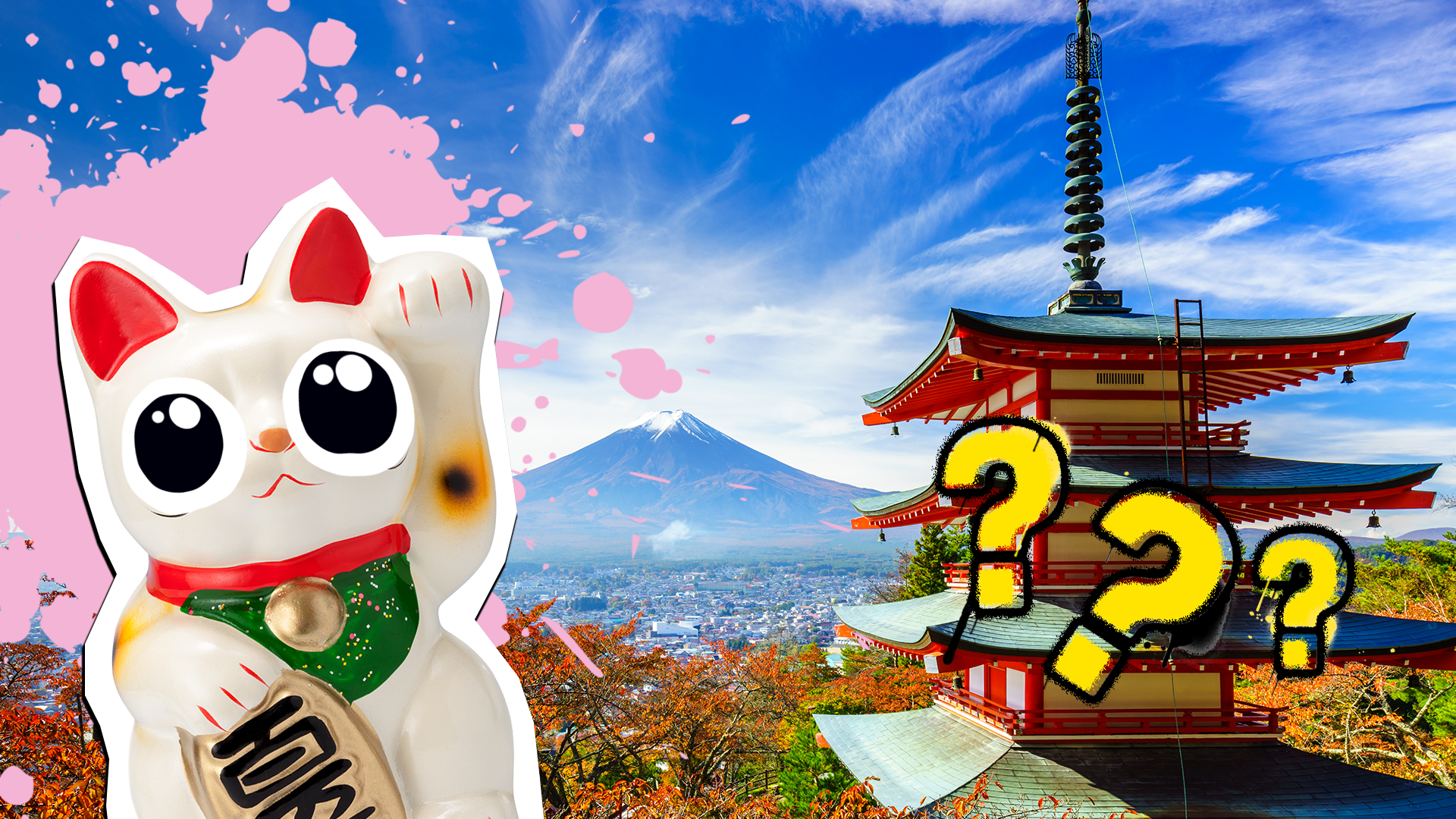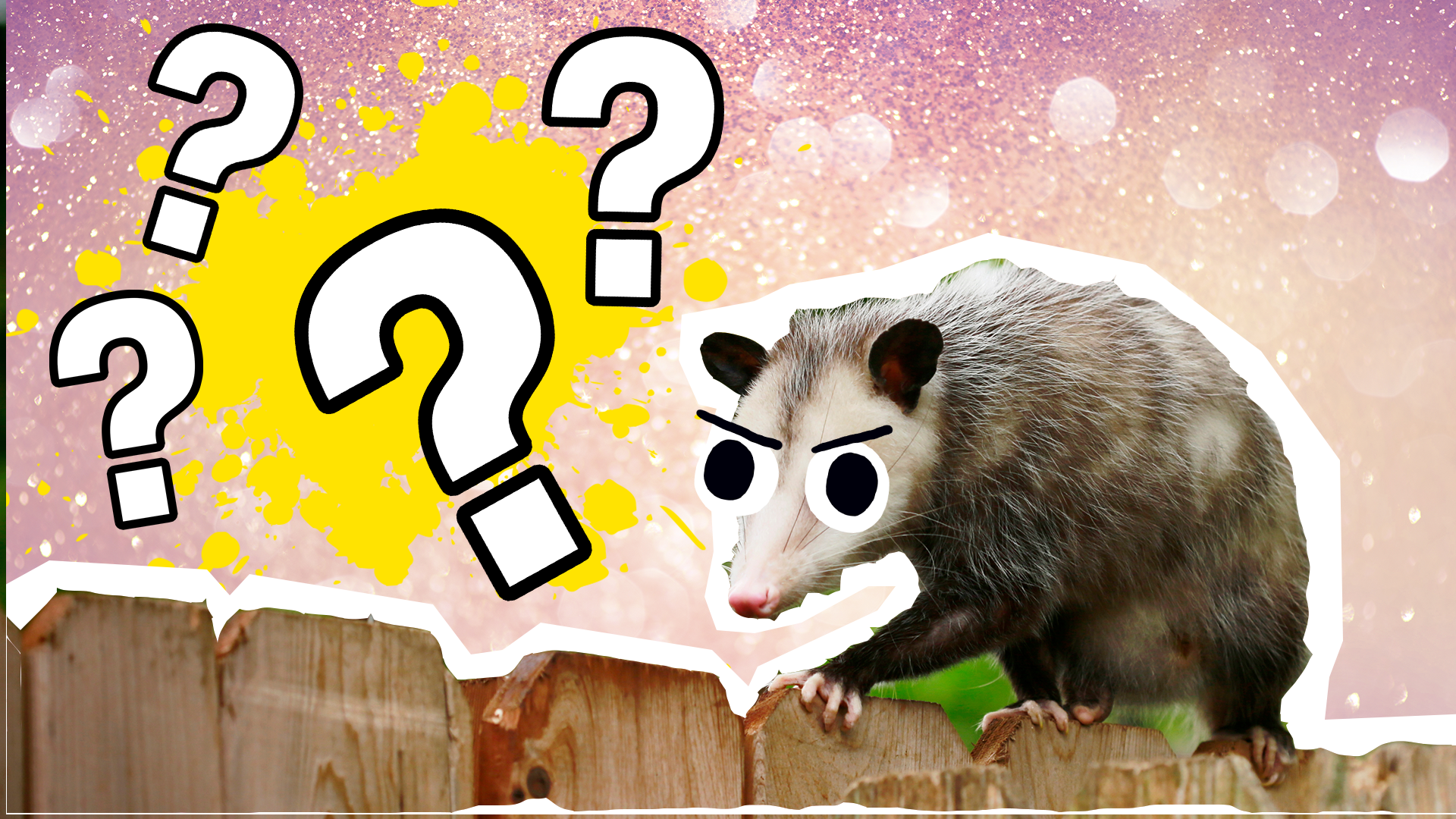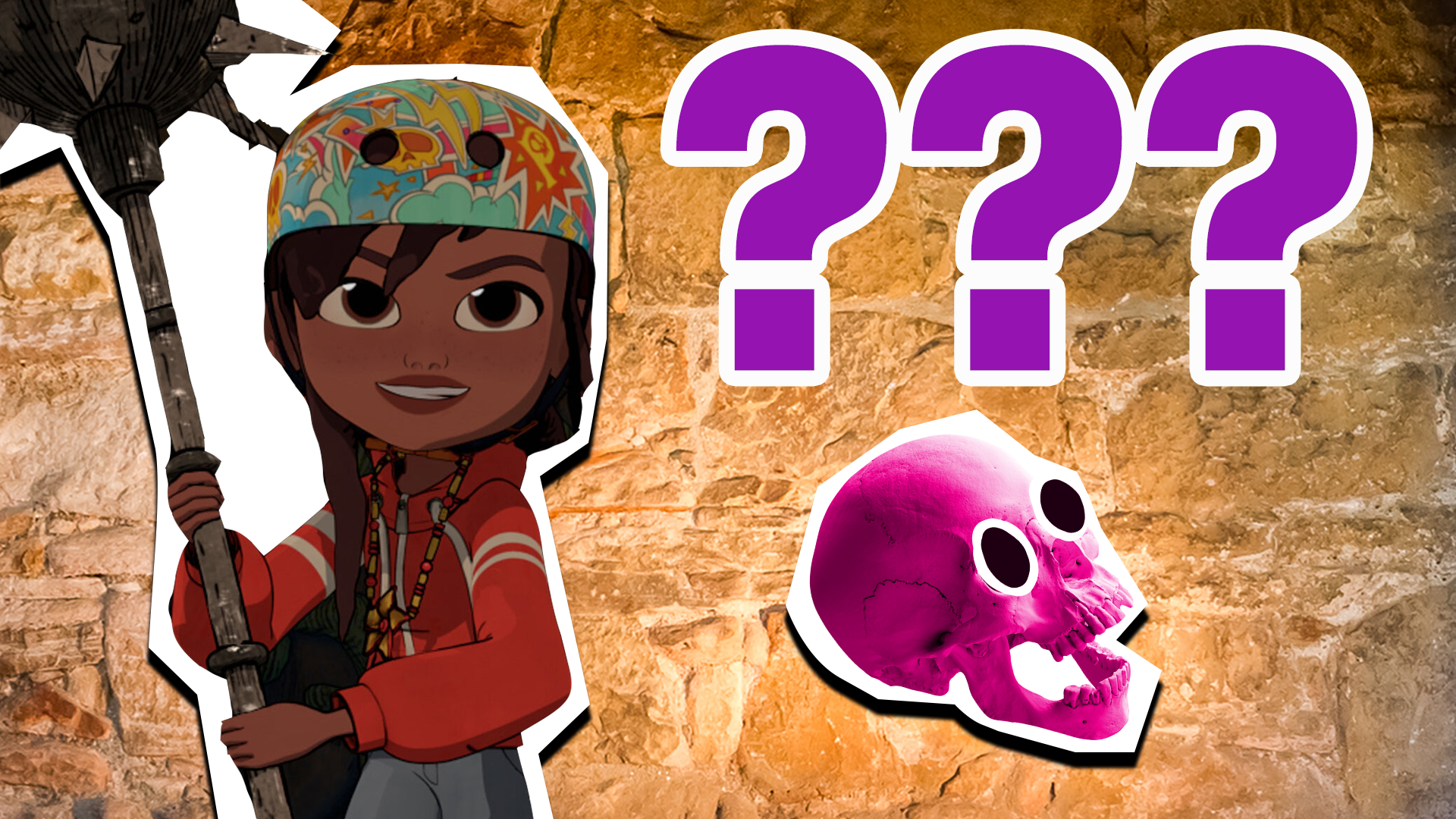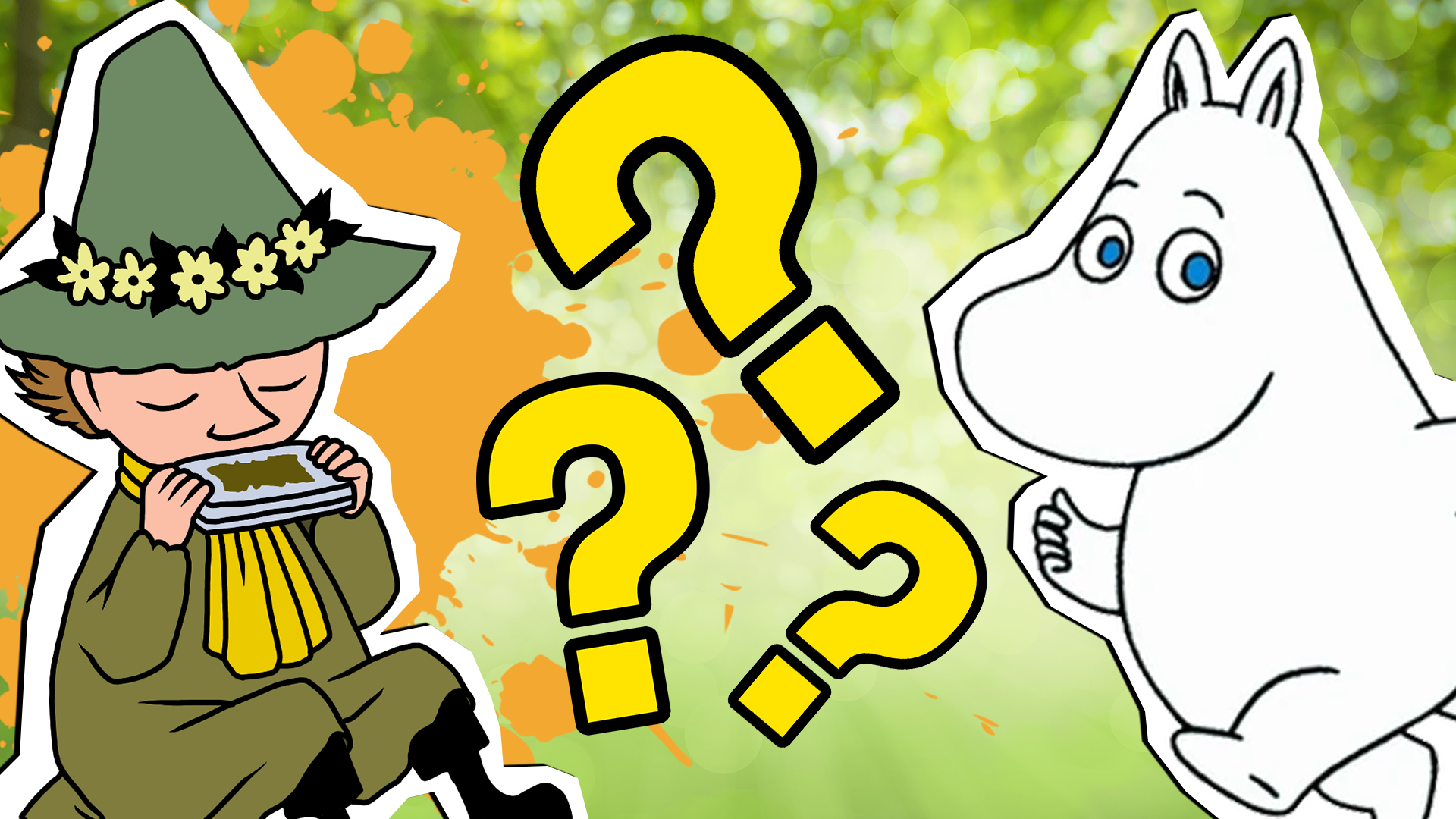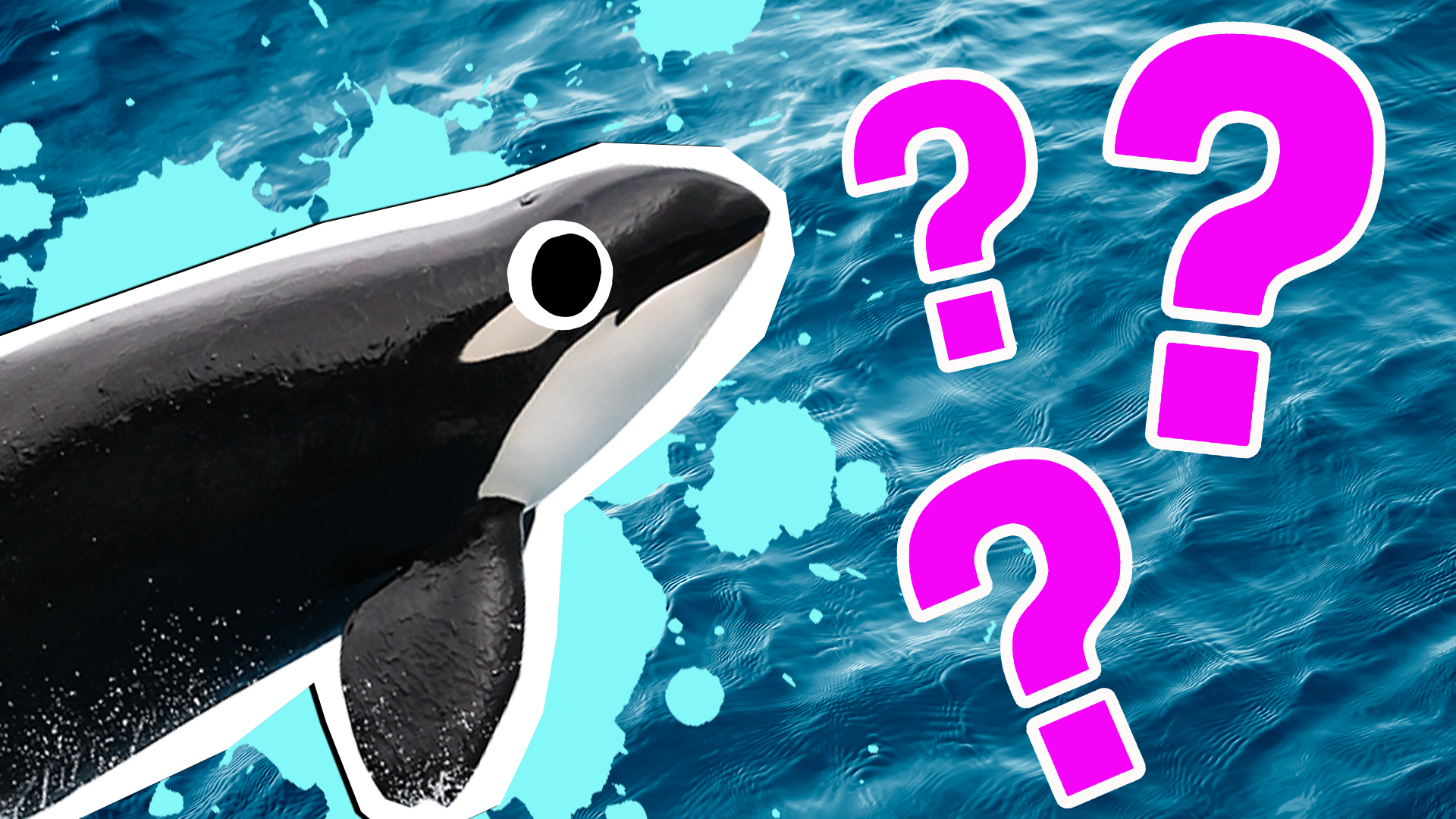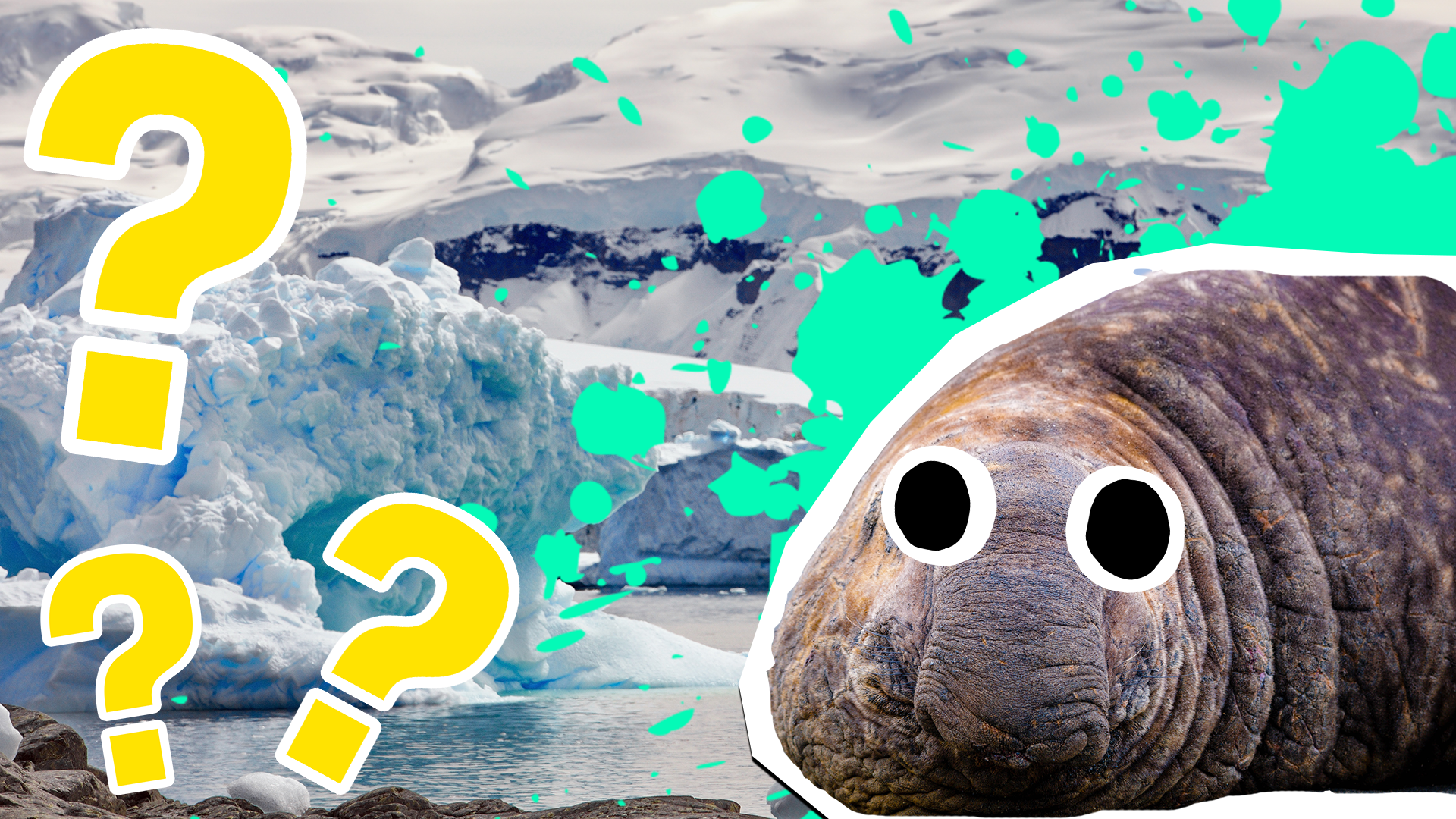15 Icily Incredible Facts About the Arctic Circle
Cool down with these fifteen frigidly fascinating facts!
Where's the furthest north you've ever been? Maybe it's just Newcastle - or maybe you're lucky enough to have gone on an adventure to the Arctic circle! It's one of the most fascinating and terrifying places in the world, and about 4 milion people call it home! You're about to learn all about it - get ready to discover the animals, the expeditions, and the low, low temperatures of the Arctic circle!
If you're just itching to learn more, we have so many fun facts for you to discover! Learn all about Arctic foxes, read 20 amazing facts about the ocean, or learn everything about the Titanic!
1. It's in the North
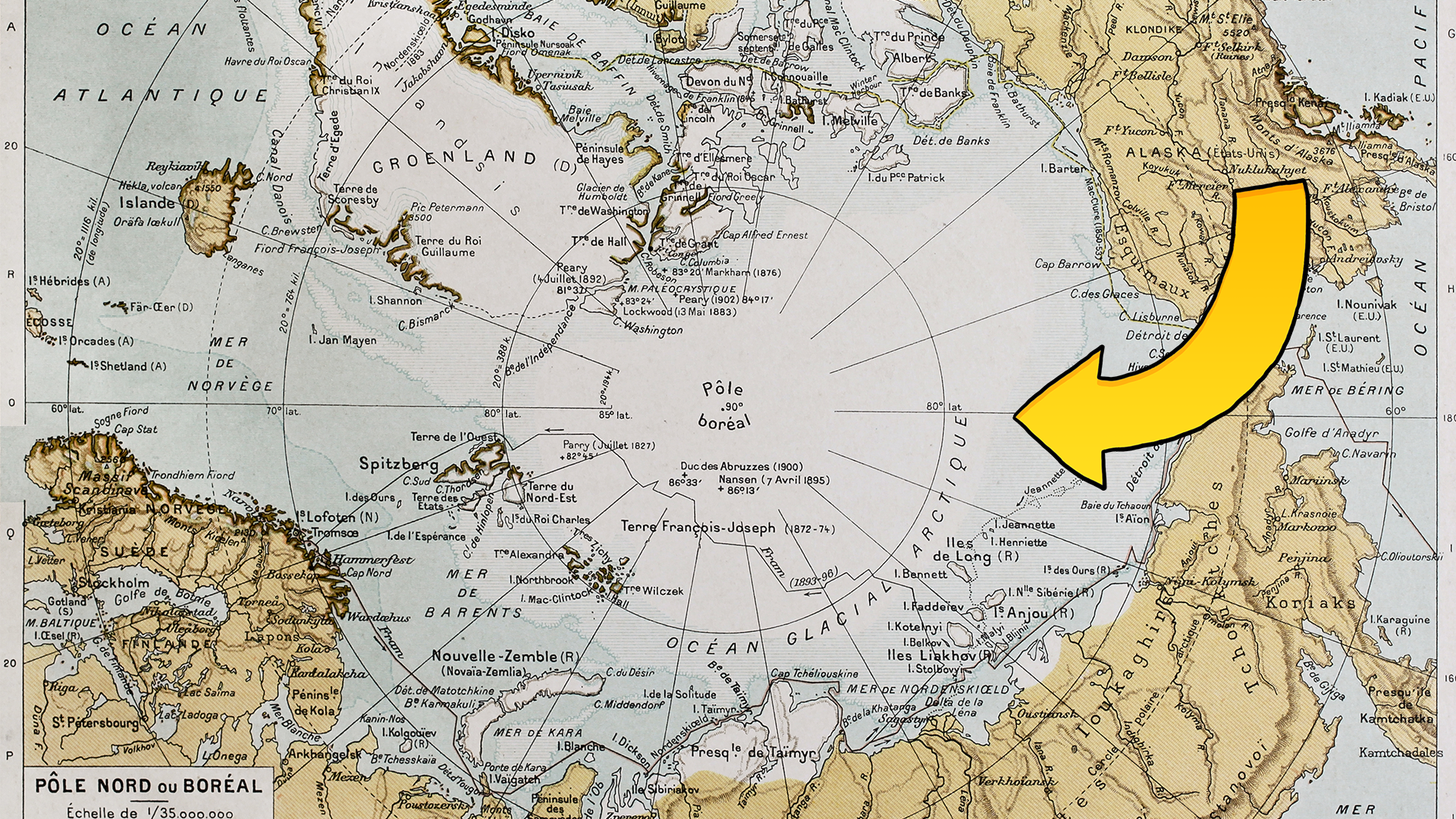
Don't mix up your North and South poles! The Arctic Circle is an imaginary line at the North of the planet, containing everything above latitude 66°30′ N. . It includes parts of Canada, Greenland, Finland, Iceland, Norway, Russia and Alaska in the US. The Antarctic is at the far south of the globe and is its own continent!
2. You'll find bears there
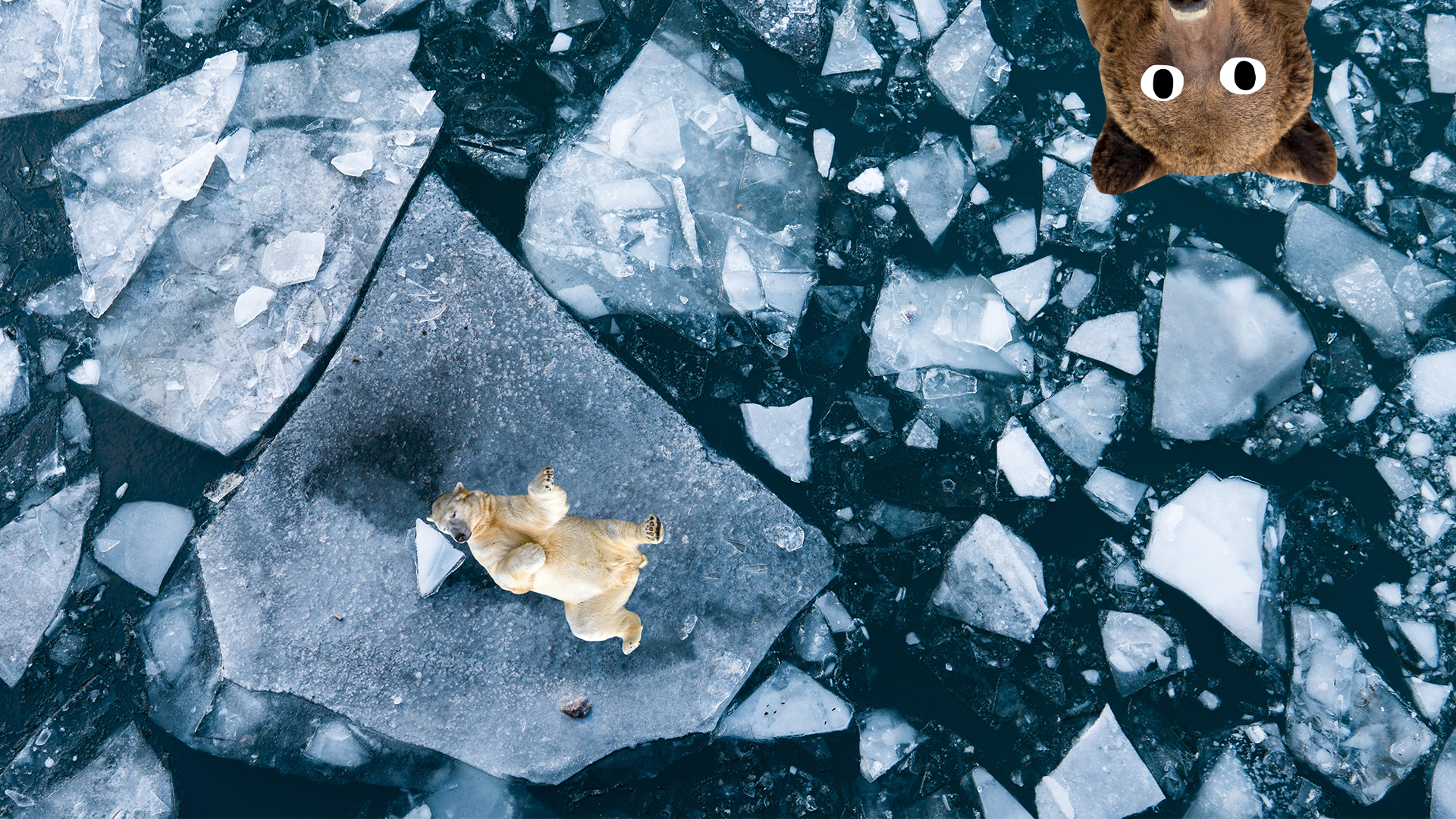
Another key difference between Arctic and Antarctic - one has bears, and one doesn't! You'll find polar bears in the Arctic circle, and none at all in Antarctica. The word "Arctic" comes from the Greek words arktos, which means "bear", and arktikos, which means "near the bear" and "northern". This could refer to the constellations Ursa Major and Ursa Minor, the great bear and the little bear, which can be seen in the Northern sky. If it helps, you can remember it like this: The Arctic (bears) and the Antarctic (anti-bears)!
3. It's cold
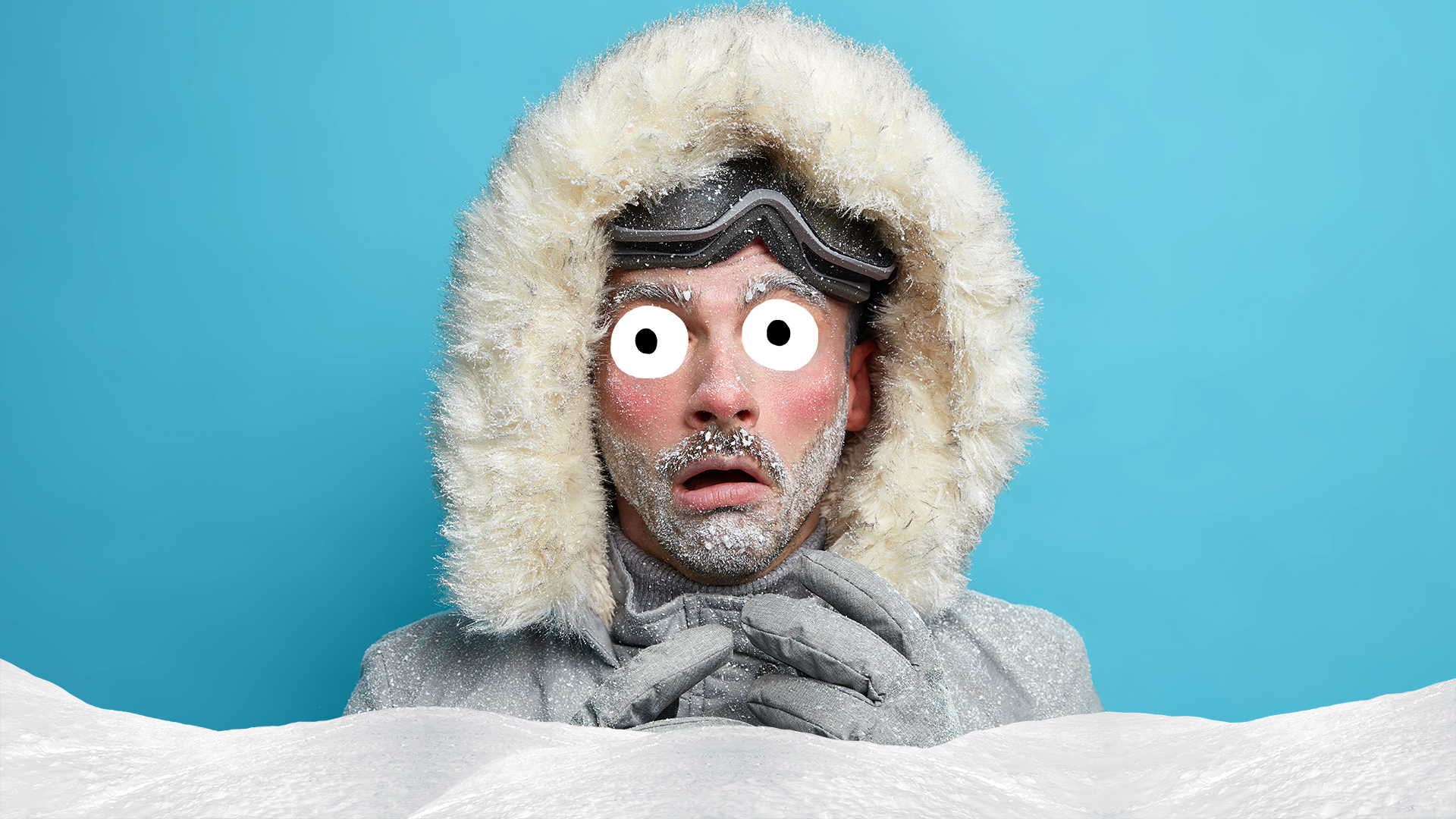
This won't come as a huge surprise, but when we say cold, we mean COLD. The coldest temperature ever recorded in the Arctic circle was a frosty −67.8 °C in Russia in 1933. For comparison, the coldest temperature ever recorded in the UK was -27.2°C in Scotland in 1895, 1982 and 1995. The average Arctic temperature changes depending on where you are, but it tends to lean cold all year and the average annual temperature is between -12°C and -6°C.
4. The daylight is wonderfully weird
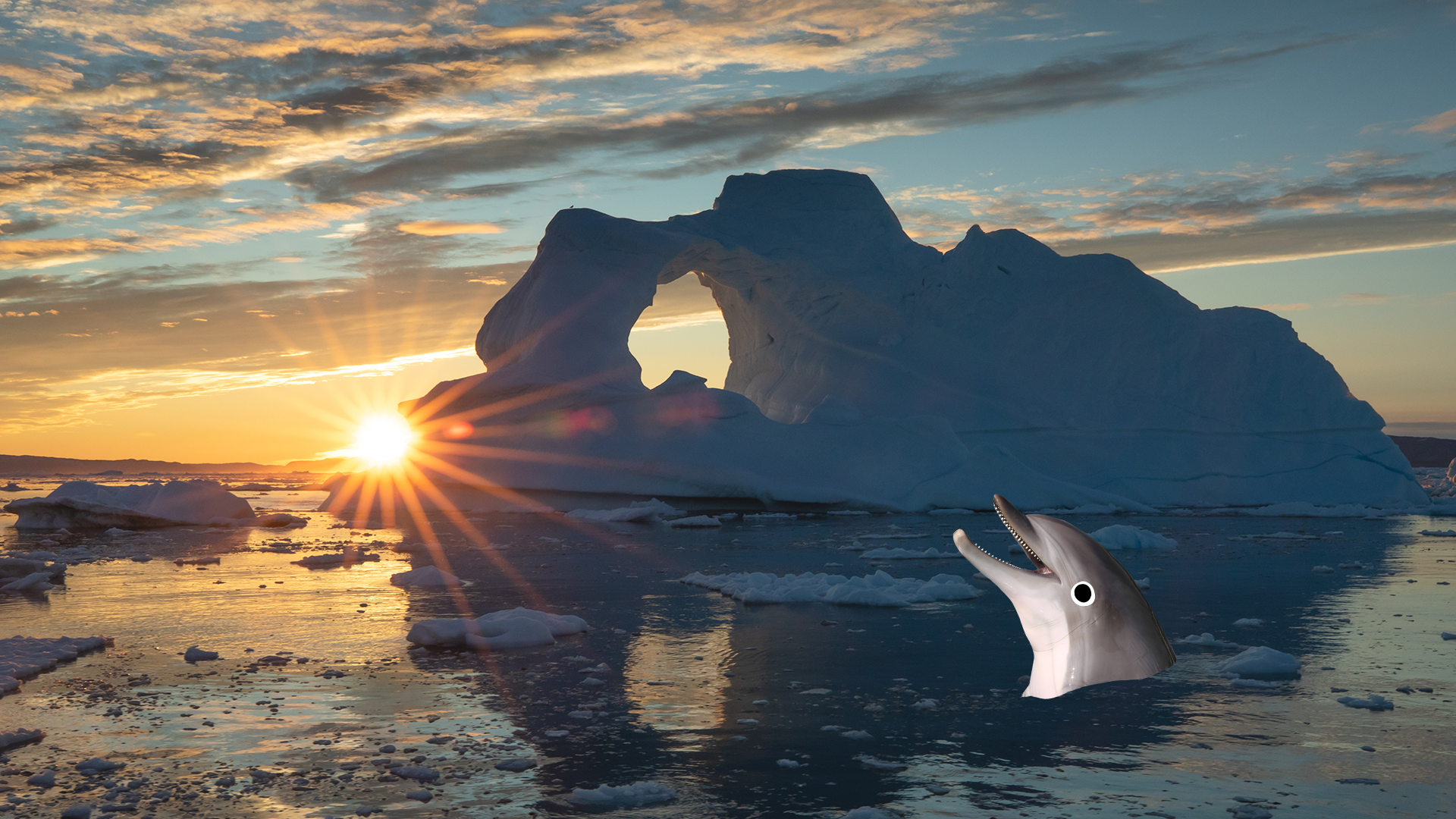
Depending on where you are in the Arctic circle, there can be some really long summer days! The northenmost point stays in broad daylight for the ENTIRE summer - imagine trying to sleep through that! It's nicknamed the Land of the Midnight Sun. In Tromsø, a city in northern Norway, they experience no real darkness from late April to mid-August, just a few hours of twilight.
5. ...and so is the darkness!
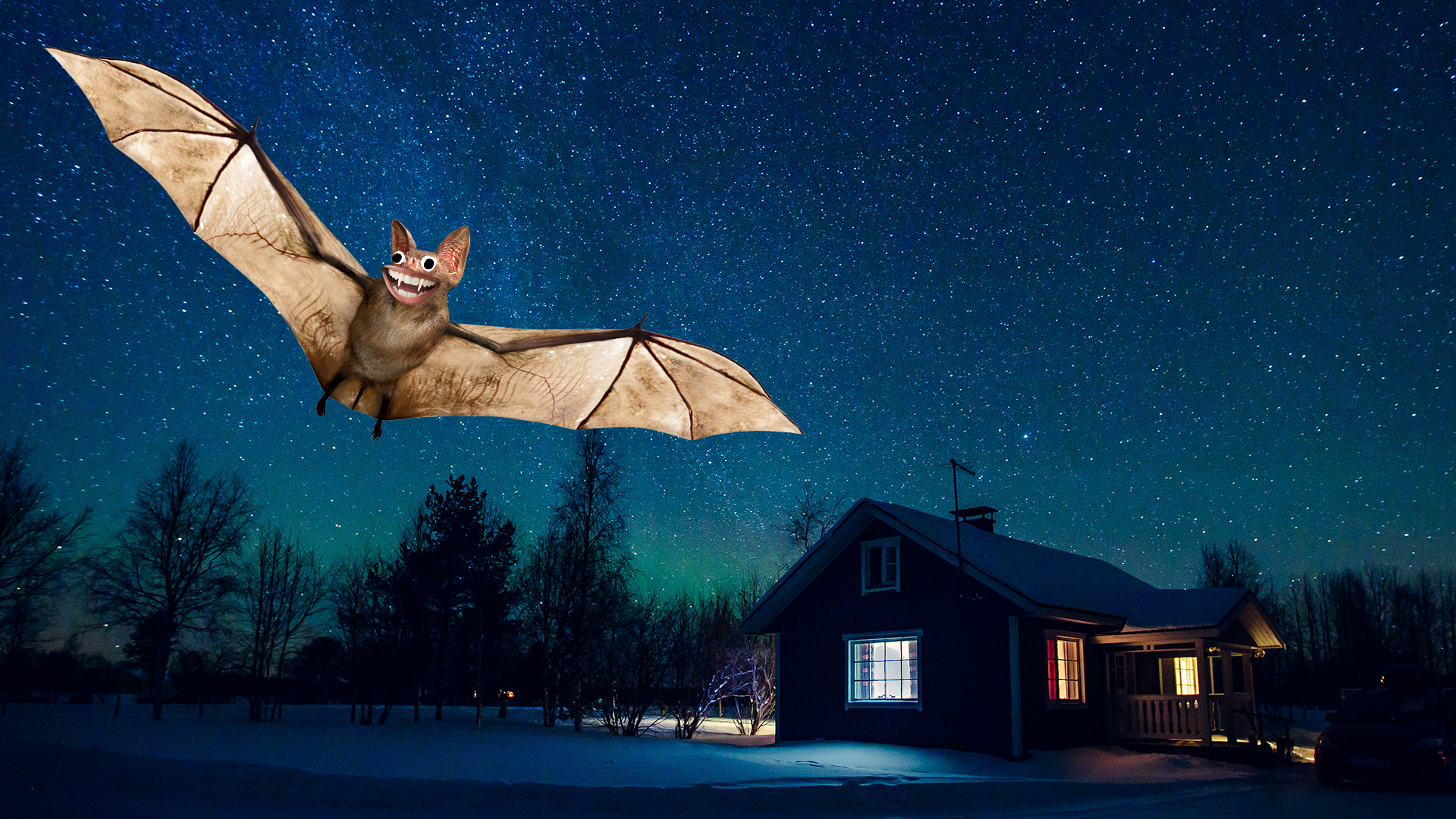
On the flipside, night lasts a REALLY long time in the winter, with months of darkness on the cards at the pole. Twilight still happens there though, so it isn't TOTALLY pitch-black the whole time. In some of the more southern regions like Iceland, a winter's day will only be about 3 hours long!
6. There are four poles
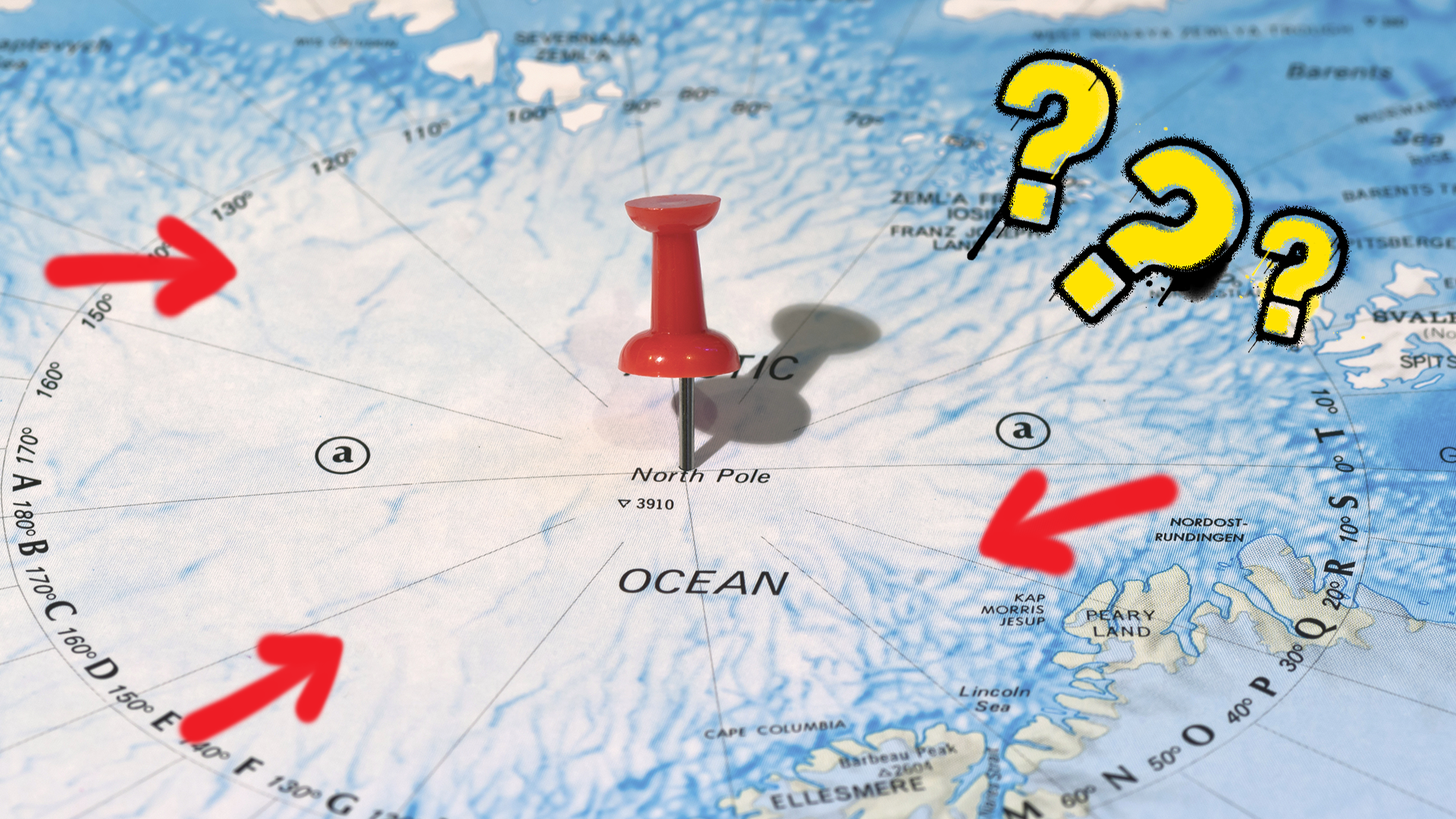
The North Pole is a little more complicated than you thought! First we have the geographic pole, which is where the Earth's axis meets the surface. Then there's magnetic North, which is where your compass points to; the "Pole of Cold", which is the chilliest bit; and the "Pole of Inaccessibility", which is the hardest bit to get to. No word on which one contains Santa's workshop.
7. It has the world's smallest ocean
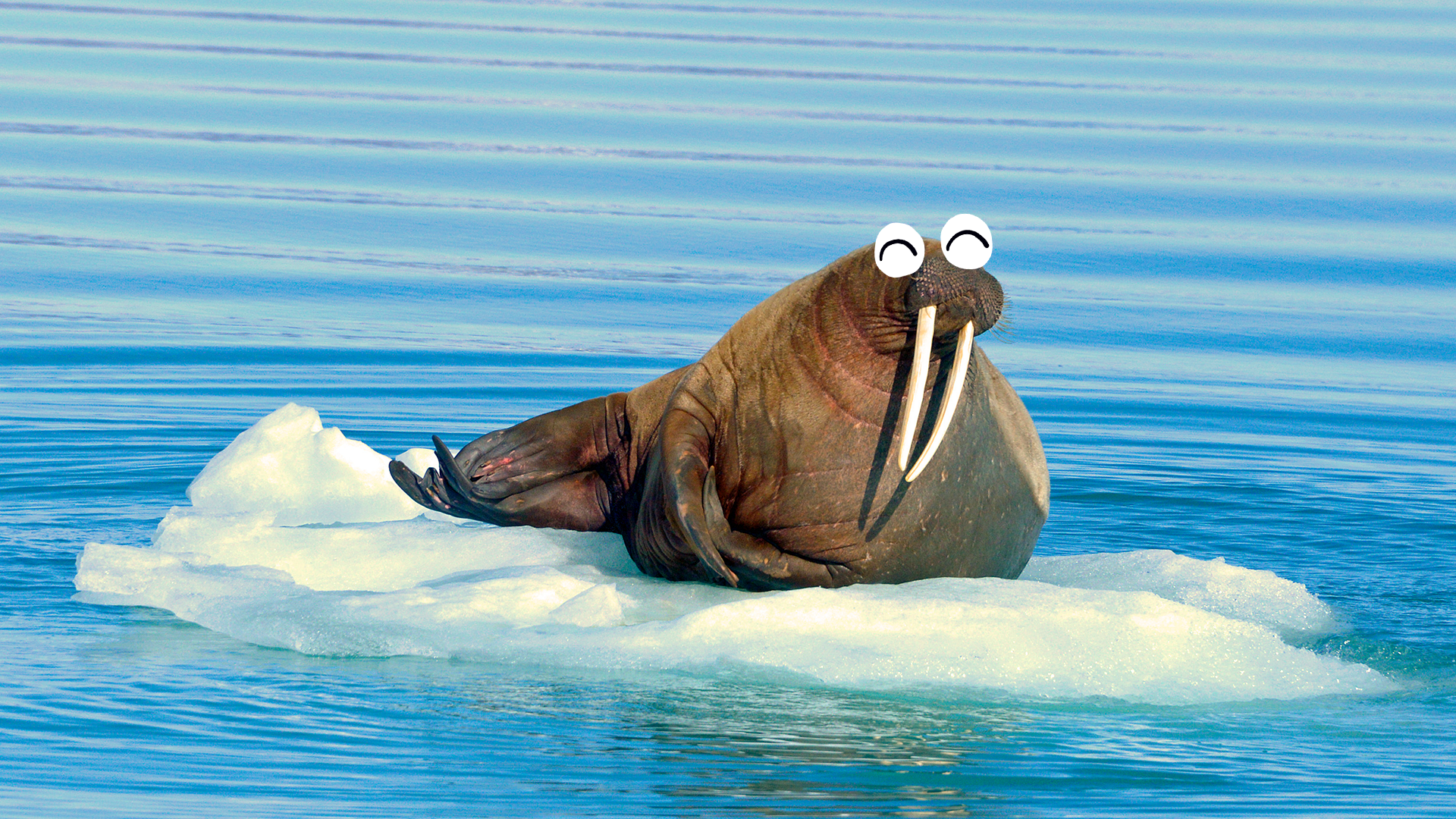
The world's smallest ocean is the Arctic Ocean, which covers about 3% of the Earth's surface. Most of the ocean is covered by ice, though the thickness of the ice changes depending where you are. In 1958 the USS Nautilus travelled under the ice, proving for the first time that there wasn't land there!
8. Polar bears are just fascinating!
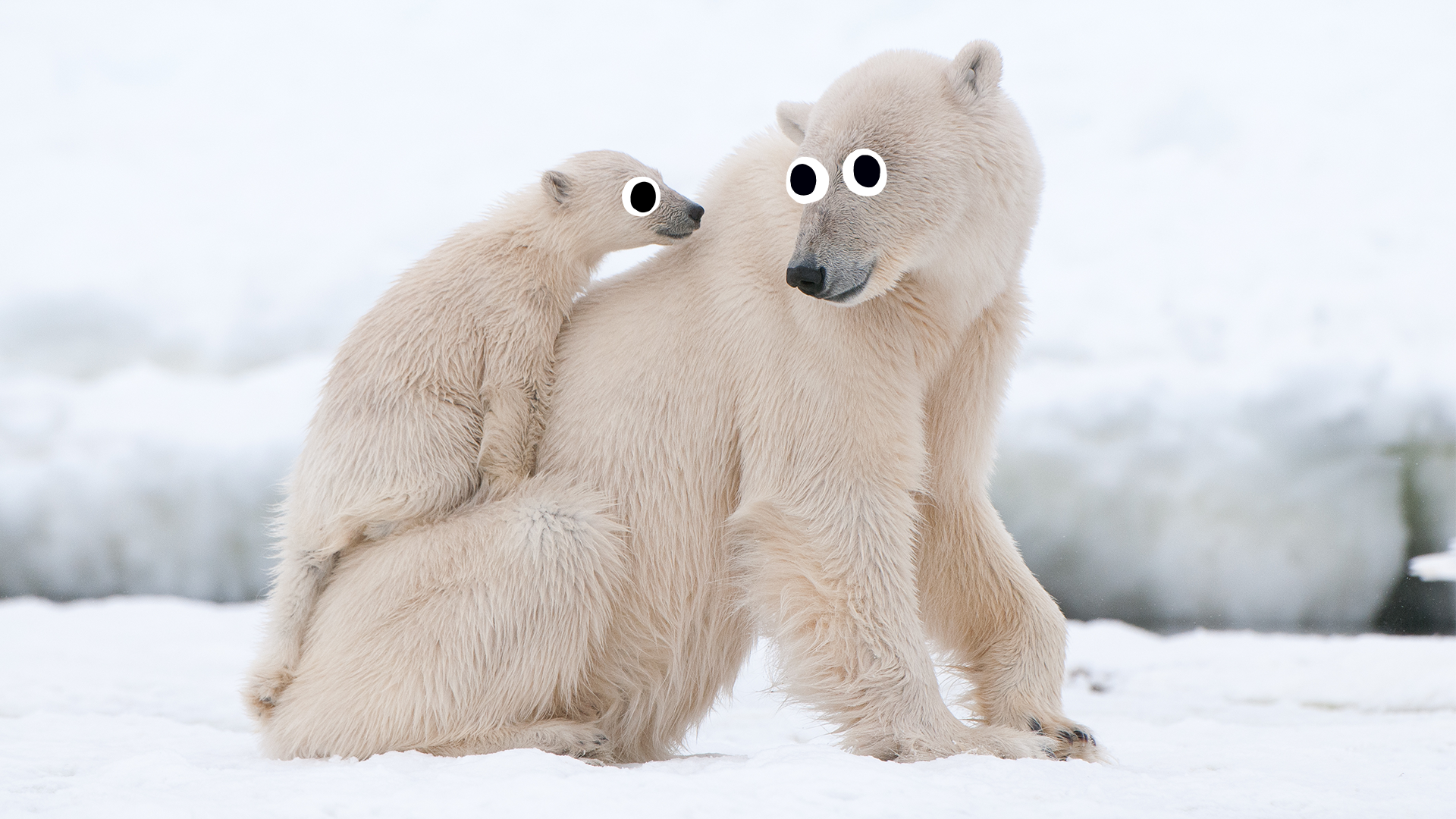
Now it's time to learn some more about those fabulous creatures that are symbolic of this wintry wonderland! Polar bears are only found in the Arctic and are the largest land predators on Earth. Their diet is more than 70% meat, which means they are "hyper-carnivores". They're also very big. The biggest polar bear on record weighed about 1000kg and could stand 11ft tall on its hind legs! You'd better hope a polar bear doesn't catch a whiff of your scent, because they've been known to hunt humans over miles of land - and if a polar bear wants to eat you, you don't stand much of a chance!
9. The narwhal is only found in the Arctic
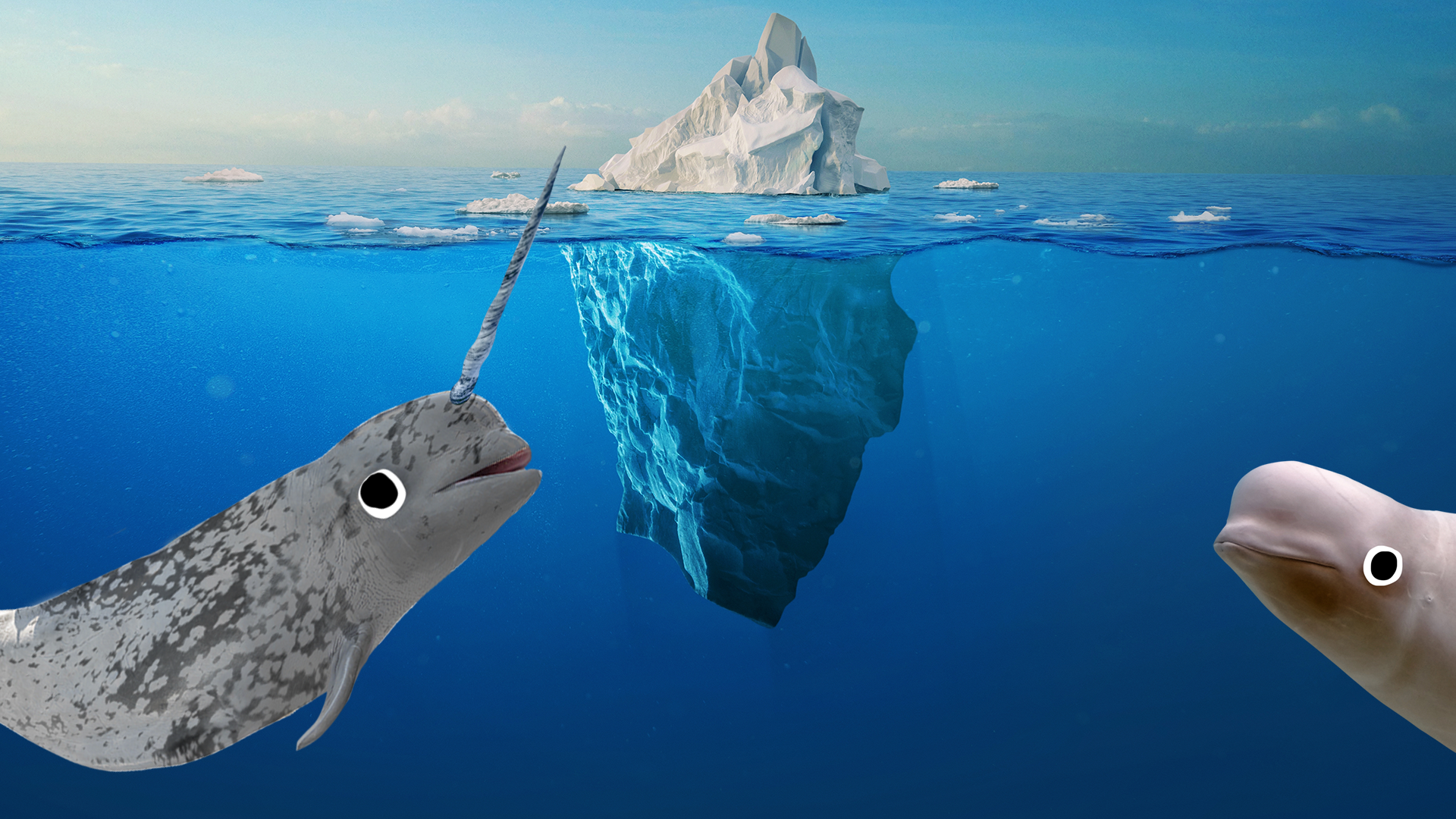
The narwhal is one of the most interesting animals in the world, and you can only find them in Arctic waters! They're unicorns in real life, using their one big tusk to hunt and fight. Those tusks can grow up to 3 metres long, and sometimes a rare narwhal is born with a double tusk!
10. People call it home
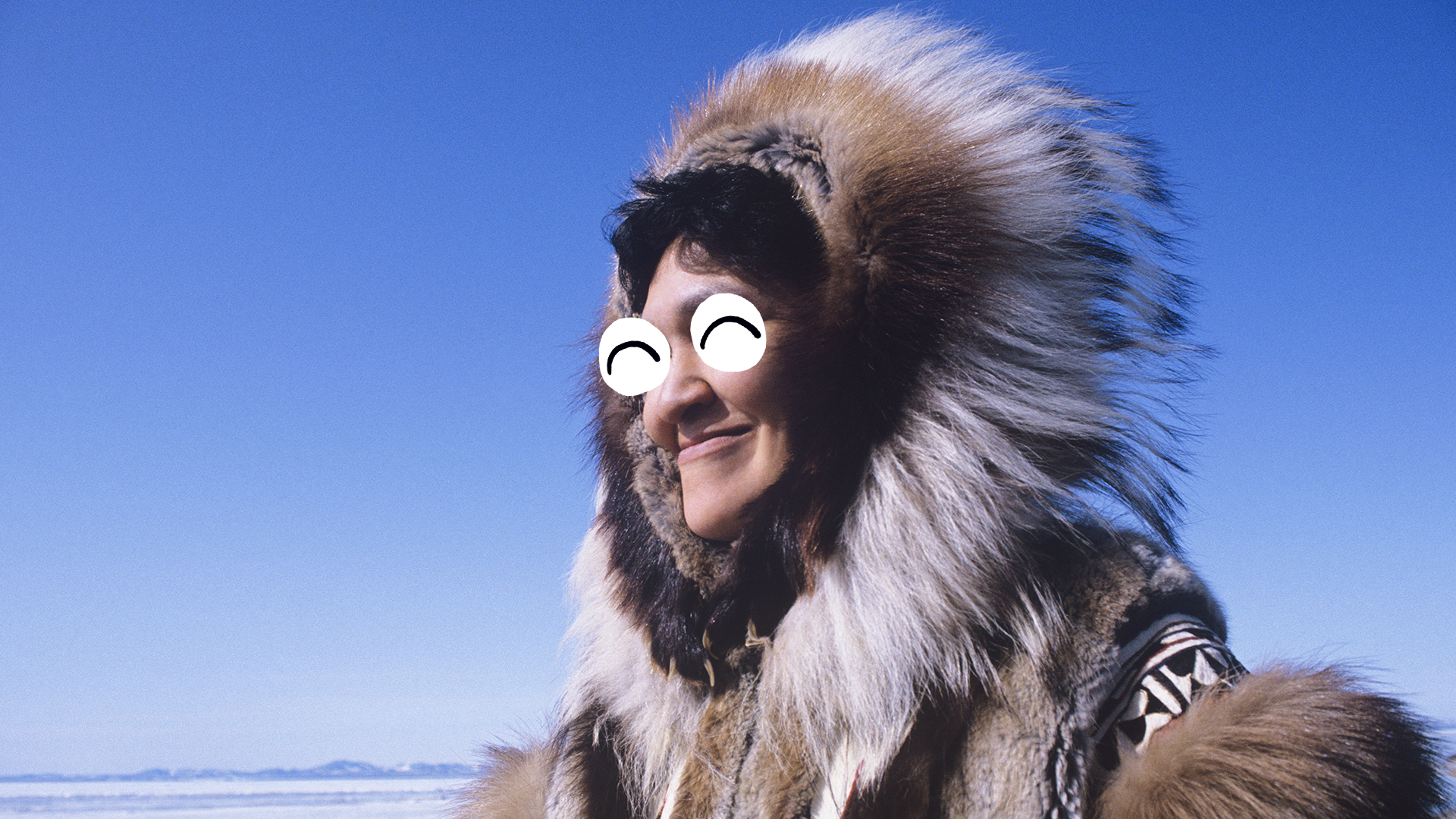
About 4 million people live in the Arctic, and around 10% of those people are the indigenous populations. These groups include the Inuit (Greenland, Canada, Alaska), Yupik (Alaska and Russia), Aleut (islands between Alaska and Russia), Saami (Northern Europe) and Nenets (Russia). In Greenland around 89% of the population belongs to one of the country's three Inuit groups. All of these people survived in the cold in ingenious ways, using natural resources from animals (such as whale blubber, seal skin, and reindeer) to live. Many still work to preserve their cultural traditions, even after being impacted by colonial expansion from European nations. For example, if you visit Norway you can visit the Saami people and experience reindeer herding and traditional festivals with them!
11. You can time-travel at the North Pole
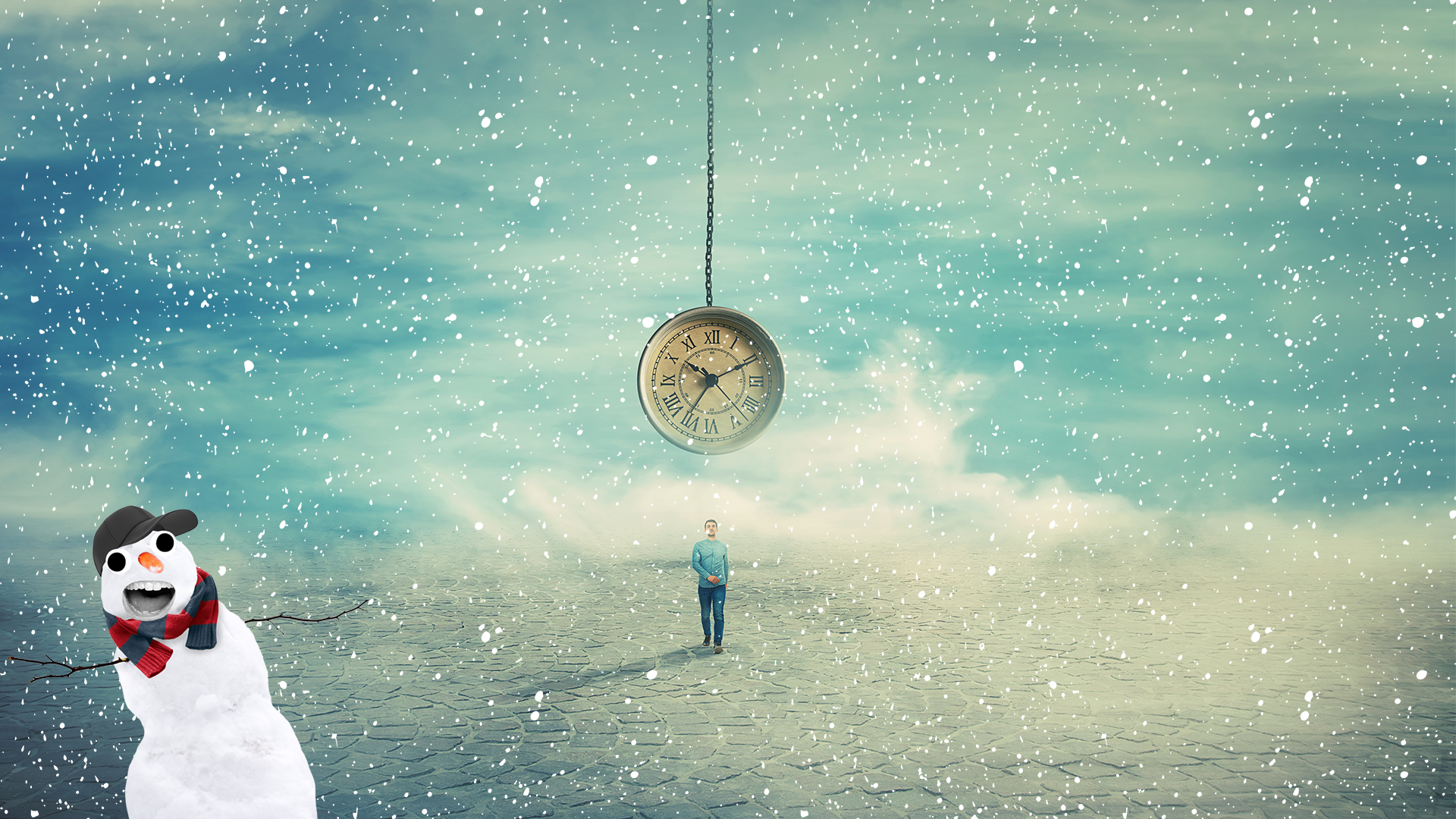
In a technical sense, of course! If you stood at the geographic North Pole you would be in every time zone at once, because the lines that mark the start of each time zone all begin there. It's not quite Doctor Who, but it would be pretty neat!
12. You won't find penguins there

The Arctic has a lot of seabirds including terns, puffins, kittiwakes and razorbills - but don't go expecting to see a penguin! Penguins can only be found in the southern hemisphere. Have you ever heard the joke: "Why don't polar bears eat penguins?" The punchline is "Because they can't get the wrappers off!" but the real answer is "Because they live thousands of miles apart!" It's not quite as funny, though!
13. We've been exploring the Arctic for a long time
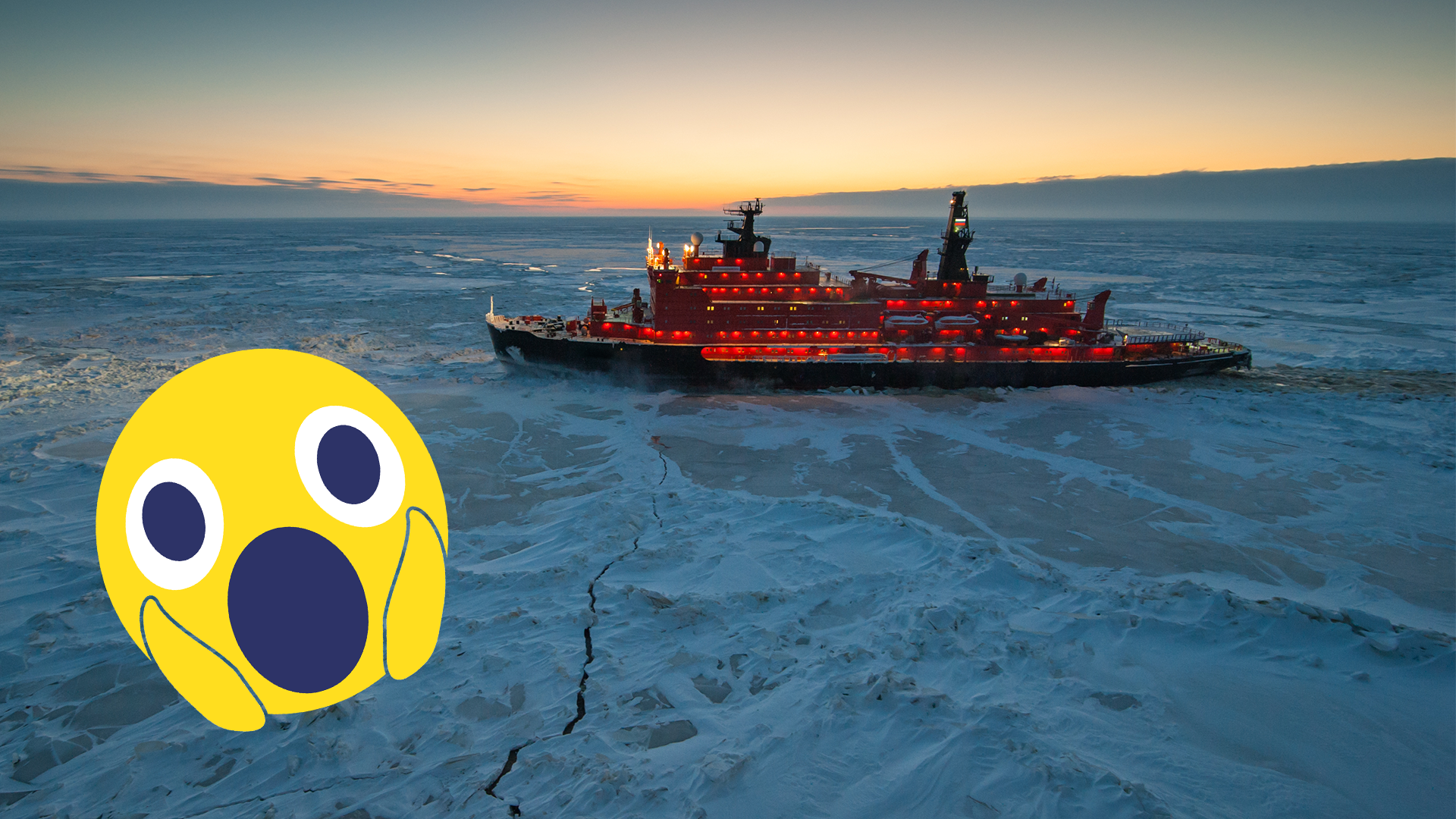
European explorers have been trying to explore the freezing Arctic for centuries, with some scholars believing that the Ancient Greeks were among the first. Interest went up during the Age of Discovery beginning in the 15th century, and one main reason for this was the need to discover the Northeast Passage. This was a route through the jaggedy landscape of Northern Europe that would make trading by boat a lot easier. The Northwest Passage, which was a route through the North American Arctic, was also a goal because that would open up the Pacific ocean to European traders. There were a lot of attempts to find this passage, including a very famous one in the 1840s called the Franklin Expedition. This was a crew of two large ships that got stuck in the ice, and then went missing. The ships weren't found until 2014, and it's still not known exactly what happened to the crew - though we know they probably suffered illnesses like scurvy and lead poisoning, and attempted to walk to the Canadian mainland. It's thought that they might have even resorted to eating each other - gulp! The Northwest Passage was found in 1851, but no one was able to cross it until 1906 when Norwegian explorer Roald Amundsen made it through.
14. You can see one of the most beautiful things in the world here
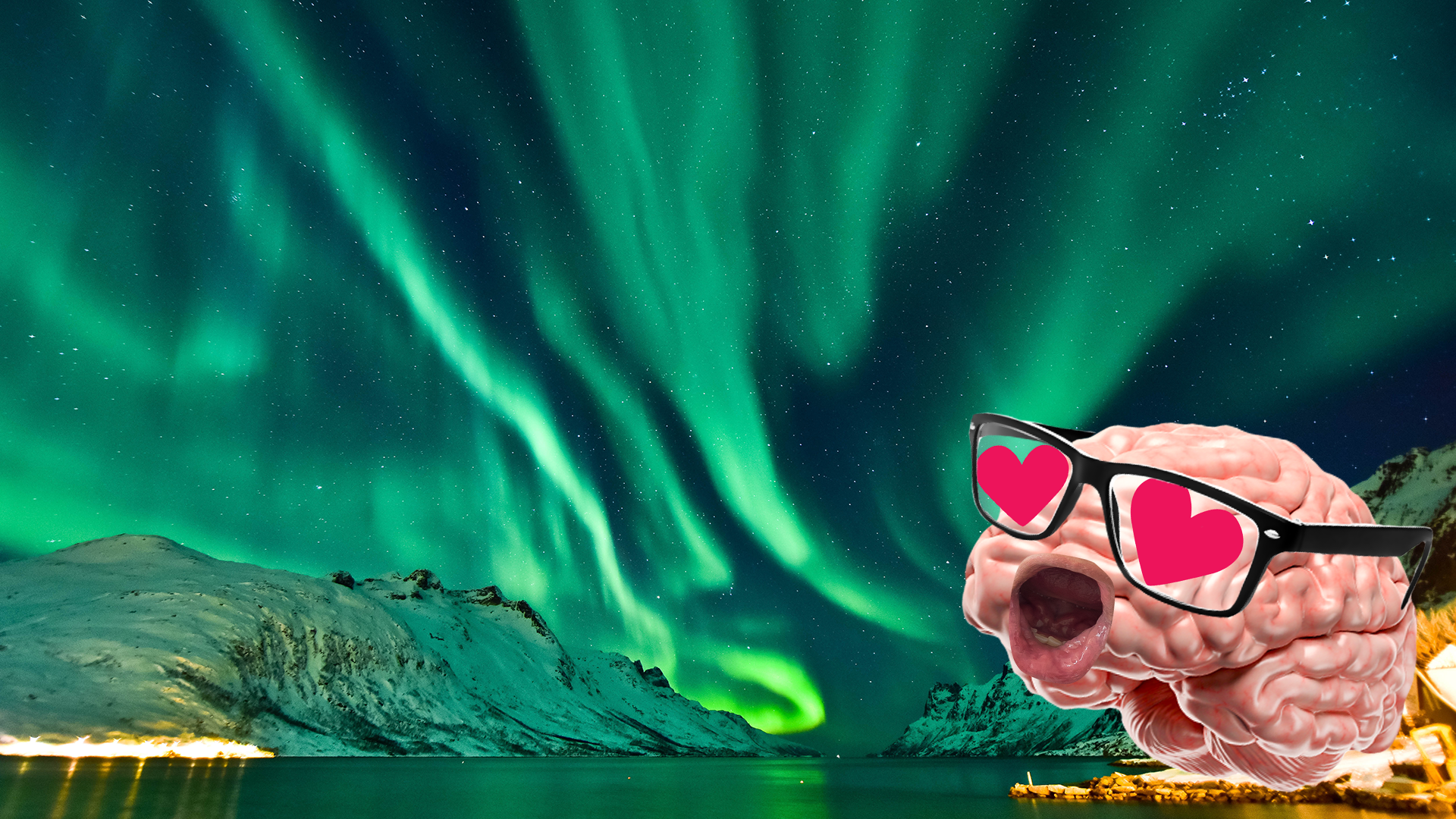
The Arctic Circle is the best place to see one of the most beautiful natural phenomena on Earth - the aurora borealis, better known as the Northern Lights! This happens when charged particles from the sun get trapped in the Earth's magnetic field. The result is a stunning light show in the sky! It can sometimes be seen in the UK, but to see it at its biggest and most beautiful, you should go to the Arctic Circle!
15. It's in danger
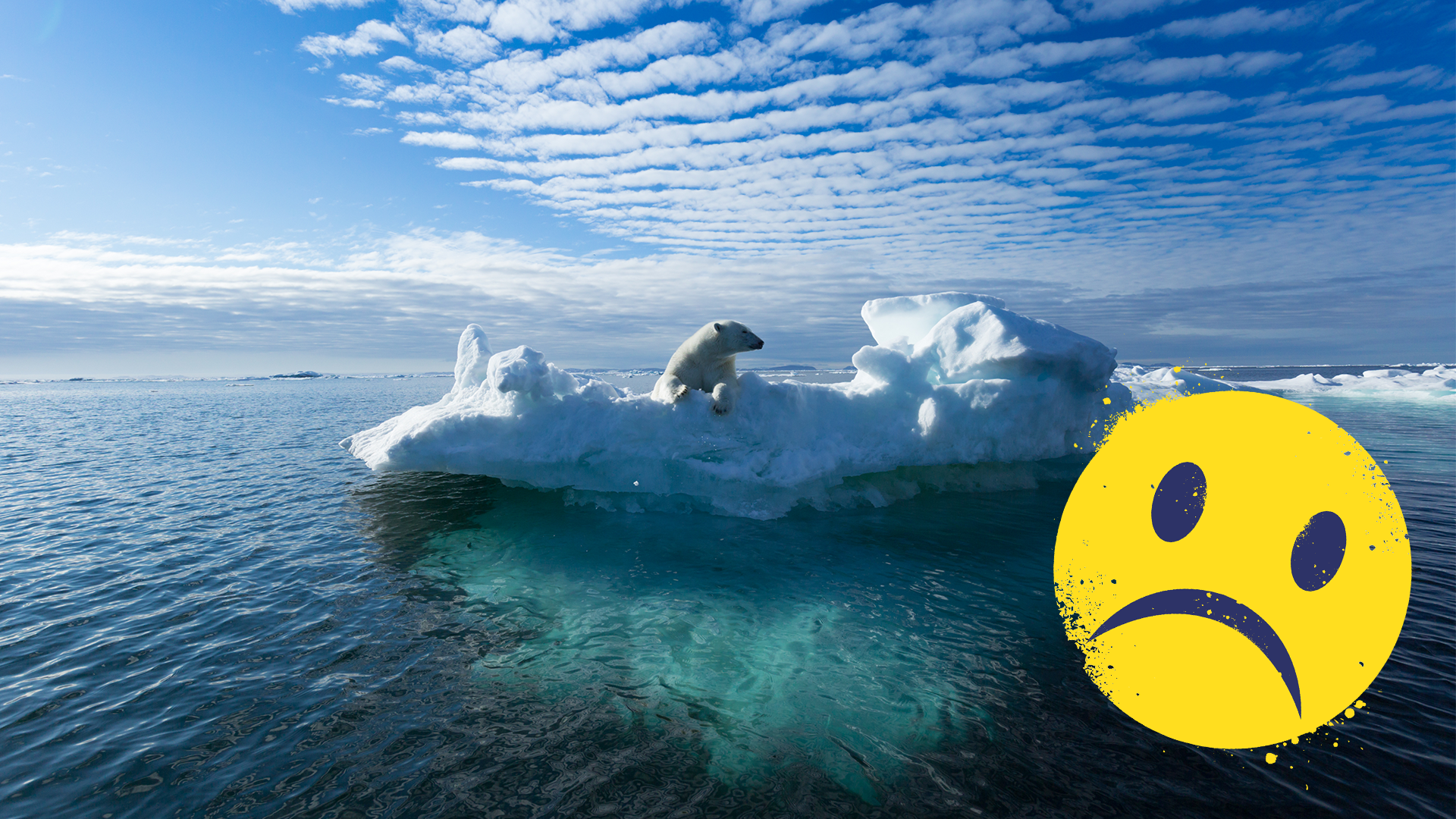
A decidedly un-fun fact about the Arctic Circle is that it is suffering from climate change. The whole planet is showing signs of damage, but they are really obvious in the Arctic - it's warming at about twice the speed of the rest of the planet. This means the ice is melting, which will affect sea levels and threaten the habitat of animals that call the Arctic home. In 2018 parts of Greenland were exposed to the air for the first time in millennia. You can help out by getting involved in your local climate change campaigns, and by raising awareness - let's save the polar bears!



